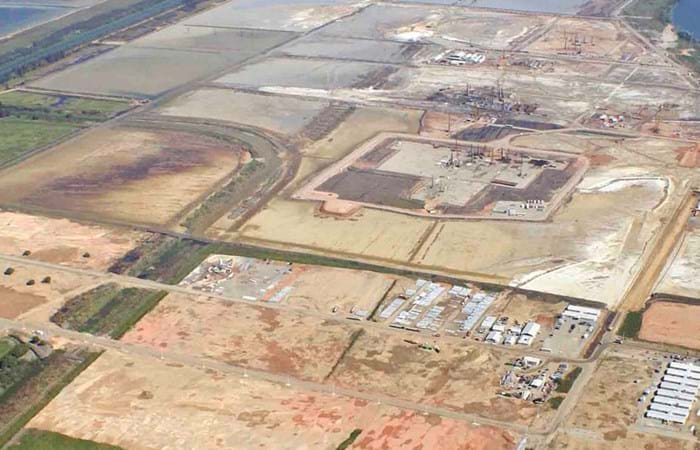The German steel-maker ThyssenKrupp Steel and the Brazilian mining giant Companhia Vale do Rio Doce (CVRD) teamed up to construct a EUR 3 billion steel factory at Sepetiba. This is a small town of 36,000 inhabitants near Rio de Janeiro with good access to the Atlantic Ocean. The new steel factory allowed Brazil not only to export more of its plentiful mineral resources, but also to produce semi-finished products that can be sold at higher margins. The government authorities of Brazil and Rio de Janeiro both supported the project.
Dredging work on the project started in November 2006. The contract called for the dredging of 11 million m3 of material to construct a harbor basin 14.5 meters deep and an access channel. To build the steel plant, 200 hectares of swampy terrain had to be reclaimed, requiring some 3 million m3 of sand. The remaining 8 million m3 of clay and silt was deposited onshore.
